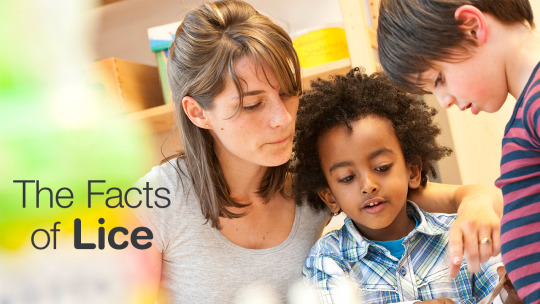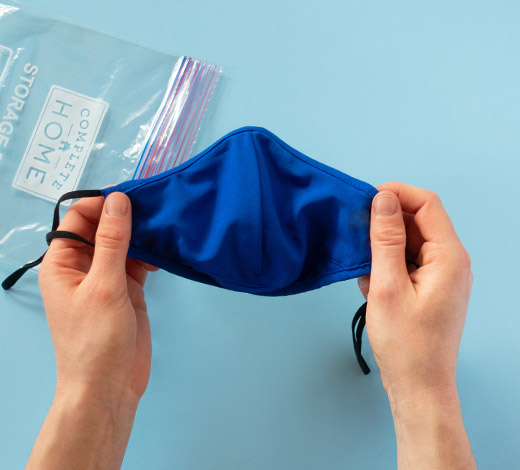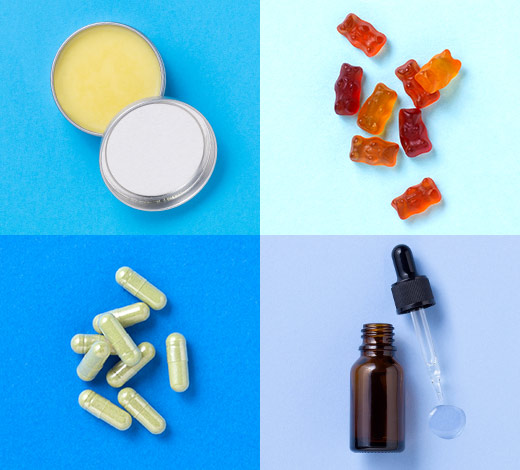
Up to 12 million head lice infestations may occur annually in the US among kids ages 3-11, estimated by the CDC.
These pesky critters spread easily from person-to-person, often
leave sores on your scalp caused by scratching and sometimes are hard to get
rid of. However, lice are not a sign of serious disease or poor hygiene. Here‘s
what you should know to prevent and treat head lice.
What are lice?
The head louse, also known as Pediculus
captitis, is an insect that can live among human hairs and feed on
tiny amounts of blood drawn from the scalp. Head lice do not spread disease in
the United States.
What do head lice look like?
Although they’re tiny, lice and their eggs (nits) can be
seen by parting hair in several spots and using a magnifying glass and a bright
light to help see them. Nits usually
appear yellow or white although live nits sometimes appear to be the same color
as the hair of the infested person. The adult louse is about the size of a
sesame seed and tan to grayish-white in color.
How do lice
spread?
You
can get lice by sharing clothes, bed sheets, combs, brushes, and hats, or touching
heads directly with someone who has head lice. Children are most prone to
catching lice because they are more likely to share personal items and play
close together.
What are the symptoms
of head lice infestation?
- Feeling of tickling or something moving in your hair.
- Itching on your scalp, neck and ears caused by
an allergic reaction to lice bites. - Irritability and difficulty sleeping—head lice
are most active in the dark. - Sores on the head caused by scratching.
It can take weeks for kids with lice to start scratching,
especially with the first infestation. Too much scratching can lead to a
bacterial infection that requires medical attention. Visit your doctor if your
child is itching or has sores.
Not all kids have the classic symptoms of head lice and some
can be symptom-free. Once a family member is identified with head lice, all household
members should be checked.
How are lice
treated?
Both over-the-counter and prescription medications are
available for treatment of head lice infestations. Your doctor can recommend a
medicated shampoo, cream rinse or lotion to kill the lice. These may be
over-the-counter or prescription medications, depending on what treatments have
already been tried. According to the CDC,
treatment for head lice is recommended for persons diagnosed with an active
infestation. It is important to follow the directions on the product label. Ask
you pharmacist if you have questions about the safe use of these products. Applying
too much medication—or using it too often—can increase the risk of harm. Many
head lice products are not for use in children under the age of 2.
How can you
prevent head lice?
While you can’t fully prevent lice from spreading, you can
take action to reduce your child’s risk of catching them.
- Keep long hair tied up
and
avoid touching heads with other children during play and other activities. - Tell your children to avoid sharing coats, hats,
sweaters, cubbies or lockers, especially if their school or daycare is facing a
lice infestation. - Sterilze commonly used household items such as
hairbrushes or bed sheets. - Try tea tree oil or citronella oil. Some people
believe these oils may work to repel lice.
Be well, stay well~
Pharmacist Andy


